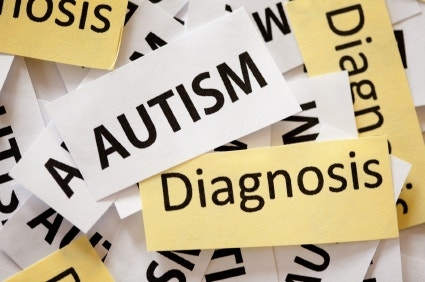The second Dallas health care worker diagnosed with Ebola was on a domestic flight the night before being admitted to the hospital, and federal health officials are now tracking down all of the patient’s fellow passengers, the Centers for Disease Control and Prevention (CDC) said Wednesday.
“At approximately 1:00 a.m. MT on October 15, Frontier was notified by the CDC that a customer traveling on Frontier Airlines flight 1143 Cleveland to Dallas/Fort Worth on Oct. 13 has since tested positive for the Ebola virus,” Frontier Airlines said in a statement. The flight landed at 8:16 p.m. CT.
Airline crew members said the female healthcare worker was reportedly not exhibiting symptoms during the flight. She was placed in isolation early Wednesday morning at Texas Health Presbyterian after reporting a fever.
The CDC said it will begin interviewing the 132 passengers on the flight, answering their questions, and scheduling follow-up meetings after 1 p.m. ET Wednesday.
Frontier Airlines said it was working closely with the CDC to notify passengers who may have traveled on the flight.
The CDC requested that passengers call 1-800-CDC INFO for further information.
The second healthcare worker, who has not been identified by name, was reportedly quarantined within 90 minutes of reporting Ebola symptoms in Dallas. She is the second confirmed hospital worker to become infected after having direct contact with Liberian national Thomas Eric Duncan, who died of Ebola on Oct. 8.
Nina Pham, a 26-year-old nurse at the hospital, also cared for Duncan and has contracted Ebola. After being quarantined, she received a blood transfusion earlier this week from recovered patient Dr. Kent Brantly. Pham has since progressed from “stable” to “good” condition, Texas health officials said in a press conference Wednesday morning.
Officials said they started contact tracing for the second health care worker on Wednesday. They are currently monitoring more than 70 people at the hospital who may have come in contact with Duncan.
Ebola is transmitted through direct contact with bodily fluids, such as blood, sweat, saliva and tears. Symptoms typically appear within 21 days after exposure.










Leave a Reply